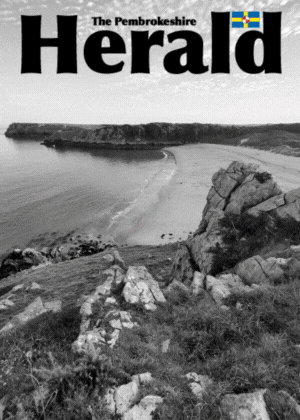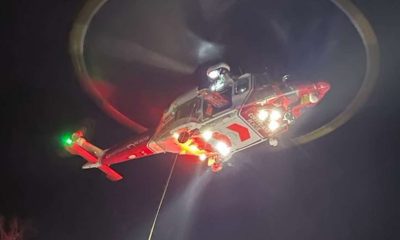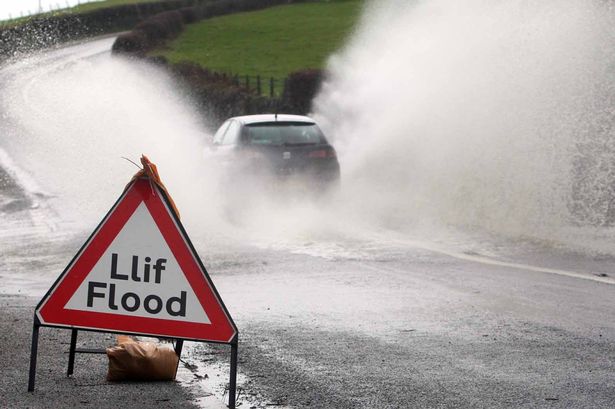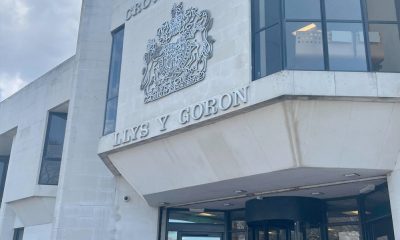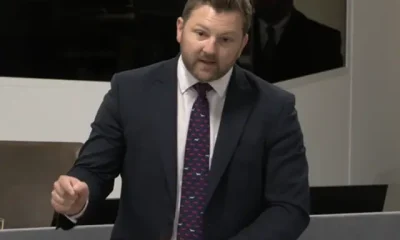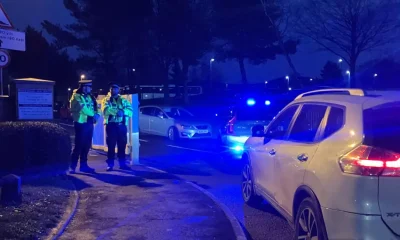News
Labour announce Pembrokeshire candidates
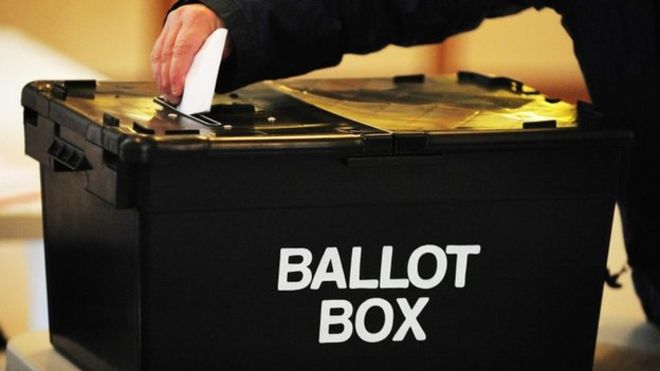
 THE LABOUR candidates for Pembrokeshire were picked by the party yesterday (Apr 28), with Philippa Thompson and Marc Tierney named as the choices.
THE LABOUR candidates for Pembrokeshire were picked by the party yesterday (Apr 28), with Philippa Thompson and Marc Tierney named as the choices.
Philippa Thompson is standing for the Preseli Pembrokeshire seat and will be campaigning against Stephen Crabb MP (Conservative).
Marc Tierney, who was up for an Assembly Seat last year, is standing in Carmarthen West and South Pembrokeshire, against Simon Hart MP (Conservative).
The remaining candidates have yet to be named by their parties.
On Twitter, Eluned Morgan AM, who shares her office with Philippa Thompson, said: “Congratulations to Marc Tierney for being selected the Labour candidate for Carmarthen West and S Pembs.”
Joyce Watson AM also took to the social media platform to congratulate Philippa Thompson, saying: “Congratulations to Philippa Thompson selection for Priseli Pembrokeshire.”
Crime
Man charged with strangulation and assault offences after October incident

A MAN recorded in court as having no fixed abode has appeared before magistrates charged with intentional strangulation and two further assault offences.
Michael Sudbury, 50, whose address was not read out in court, but in Herald records is Glan Hafan, Llangwm, appeared before the bench facing multiple charges.
The charges relate to an incident on 22 October 2025 and include:
- Intentional strangulation, contrary to section 75A of the Serious Crime Act 2015
- Common assault
- Assault by beating
No further details of the alleged incident were opened in court, and no plea was entered at this stage.
Sudbury was remanded on conditional bail, with the case listed to return to magistrates later this month.
Crime
Haverfordwest man sent to Crown Court on multiple serious charges
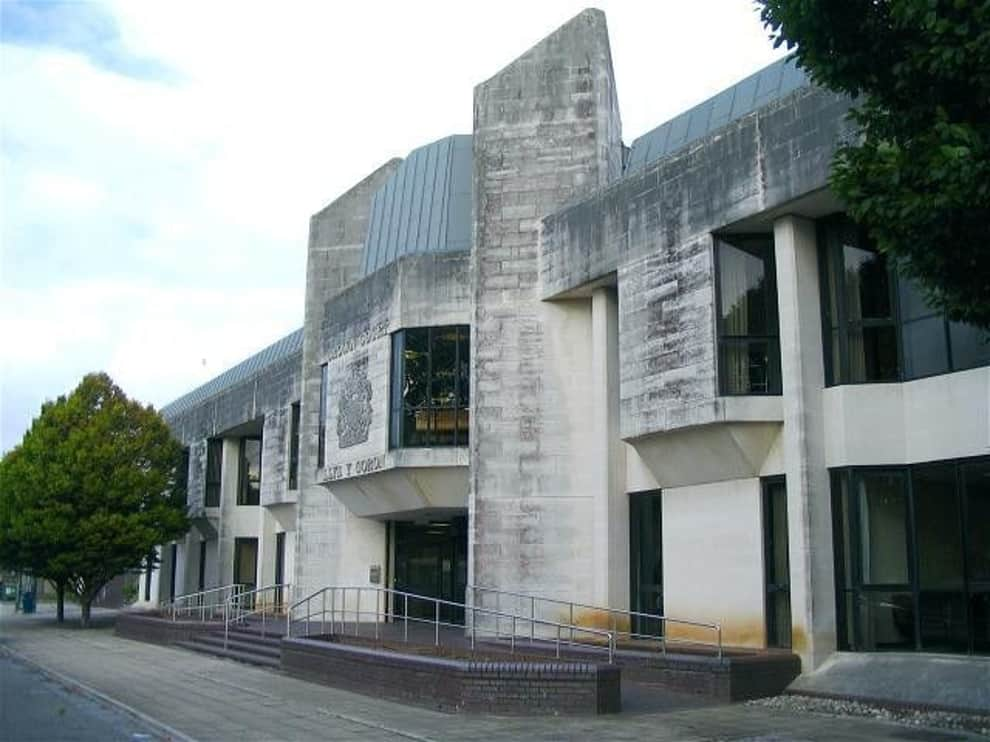
Defendant remanded in custody
A HAVERFORDWEST man has been sent to Swansea Crown Court to stand trial on a series of A 49-year-old Haverfordwest resident has been committed to Swansea Crown Court to face trial on multiple serious charges deemed too grave for magistrates to handle.
David Guy, of Market Street, Haverfordwest, appeared before Haverfordwest magistrates facing a series of allegations stemming from a single case. The charges, which were not detailed in open court, include:
- Assault occasioning actual bodily harm (ABH)
- A second count of assault
- Criminal damage
- An additional allegation of interpersonal violence
- A public order offence
Magistrates declined jurisdiction, determining that the matters exceeded their sentencing powers, and sent the case in its entirety to Swansea Crown Court.
Guy was remanded in custody pending his next appearance. The court register notes: “Sent to Crown Court for trial in custody – next hearing at Swansea Crown Court.”
A date for the initial Crown Court hearing will be set administratively. Guy will remain in custody until then.
The Pembrokeshire Herald will provide further updates as the case progresses in the Crown Court.
Crime
Castlemartin man back before magistrates over multiple alleged assaults
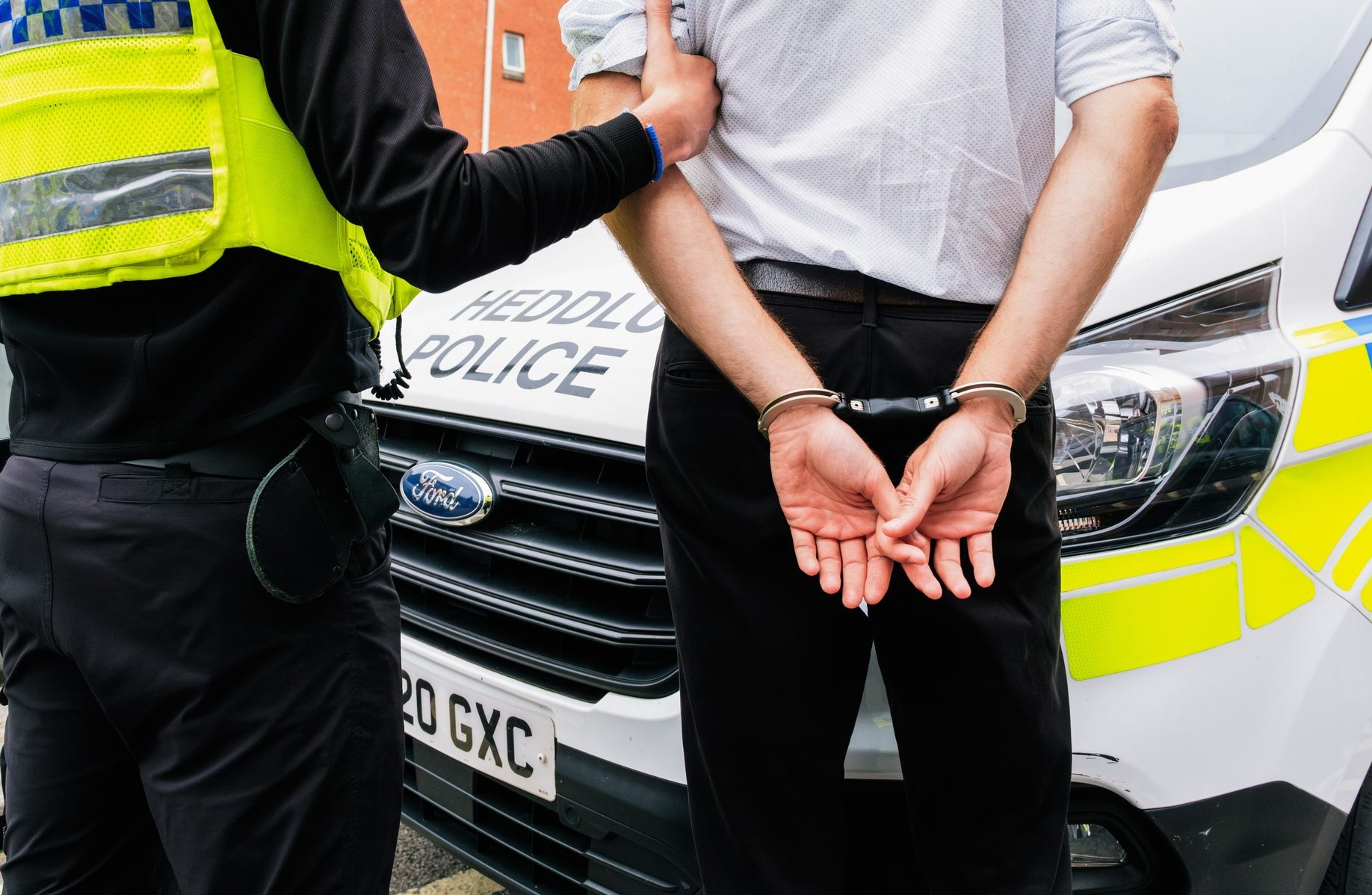
Defendant remanded on conditional bail ahead of further hearing
A CASTLEMARTIN man has appeared repeatedly before magistrates this month over a string A 40-year-old man from Castlemartin has made repeated appearances before magistrates this month in connection with a series of serious alleged offences, including assault occasioning actual bodily harm (ABH), intentional non-fatal strangulation, common assault, and criminal damage.
Anthony Alcock, of Pwll Street, Castlemartin, is facing six linked charges stemming from incidents said to have occurred earlier this year. These appear to relate to the same complainant in what is understood to be a single ongoing domestic abuse prosecution.
During recent administrative hearings at Haverfordwest Magistrates’ Court, Alcock did not enter pleas while matters of bail and case management were addressed.
Charges Include:
- Assault occasioning actual bodily harm (ABH)
- Intentional non-fatal strangulation
- Common assault on a woman
- Criminal damage in a domestic context
- Additional assault allegations involving the same complainant
- Breach of bail conditions
Alcock was initially granted conditional bail but was subsequently brought before the court on two occasions for alleged breaches. On those instances, magistrates remanded him in custody ahead of further hearings. He was later re-granted conditional bail, subject to strict conditions such as no contact with the complainant and exclusion from specified locations.
Magistrates have now declined jurisdiction, ruling that the case—particularly the more serious charges involving non-fatal strangulation—is too grave for summary trial. It has been committed to Swansea Crown Court for plea, trial, or sentencing.
No detailed evidence has been presented in open court at this preliminary stage. Alcock remains on conditional bail pending his next appearance at the Crown Court.
-

 Crime5 days ago
Crime5 days agoPhillips found guilty of raping baby in “worst case” judge has ever dealt with
-
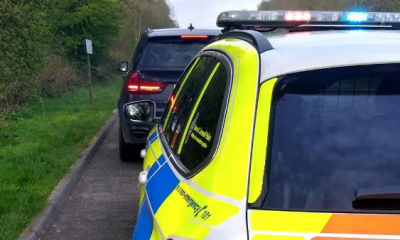
 Crime4 days ago
Crime4 days agoKilgetty scaffolder sentenced after driving with cocaine and in system
-

 Crime4 days ago
Crime4 days agoHousing site director sentenced after failing to provide breath sample following crash
-

 Crime4 days ago
Crime4 days agoMotorist banned for three years after driving with cannabis in system
-

 Education3 days ago
Education3 days agoTeaching assistant struck off after asking pupil for photos of her body
-

 Crime1 day ago
Crime1 day agoMan spared jail after baseball bat incident in Milford Haven
-

 News6 days ago
News6 days agoJury retires tomorrow in harrowing Baby C rape trial
-

 Crime5 days ago
Crime5 days agoMilford Haven pensioner denies exposure charges





